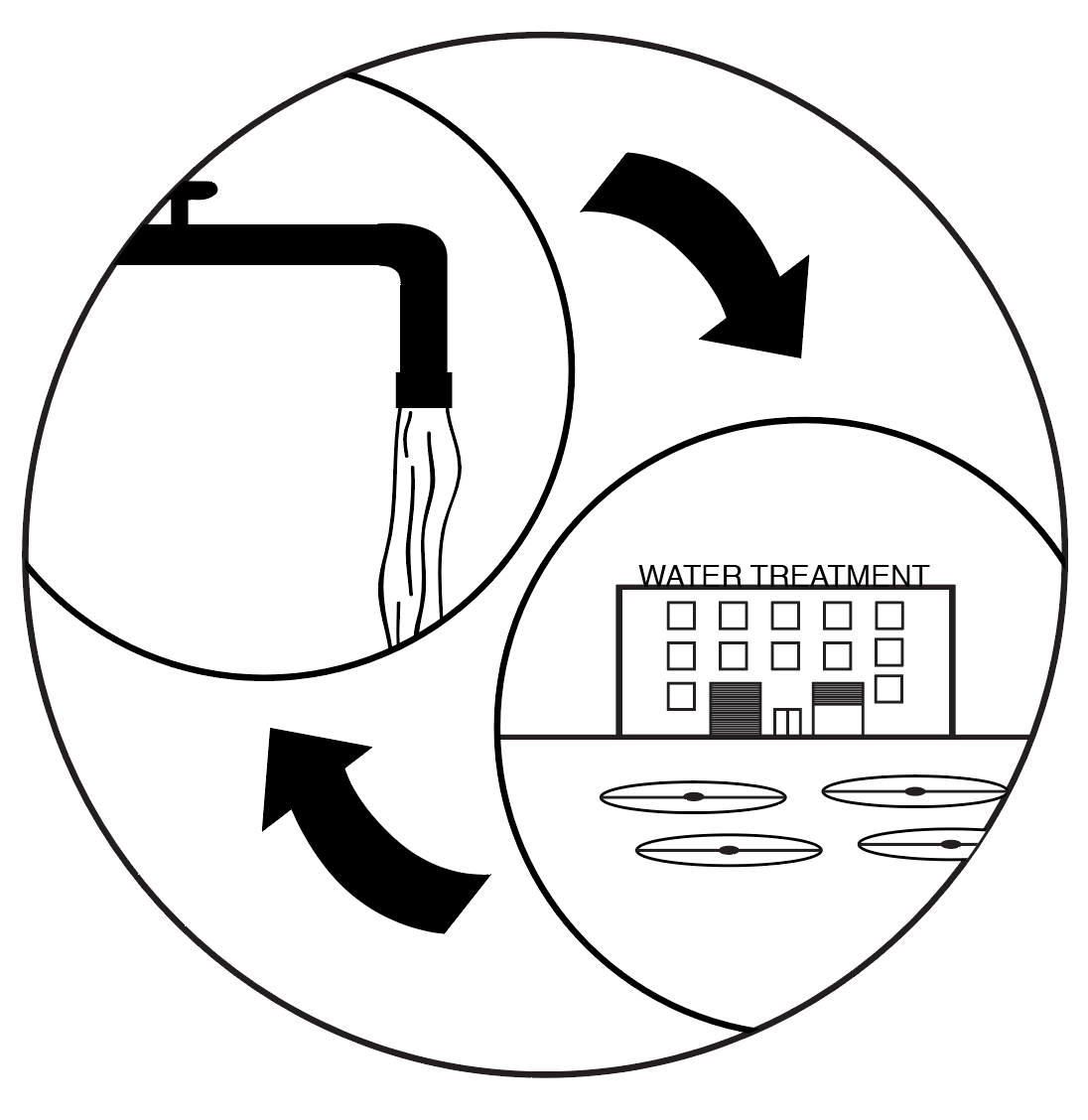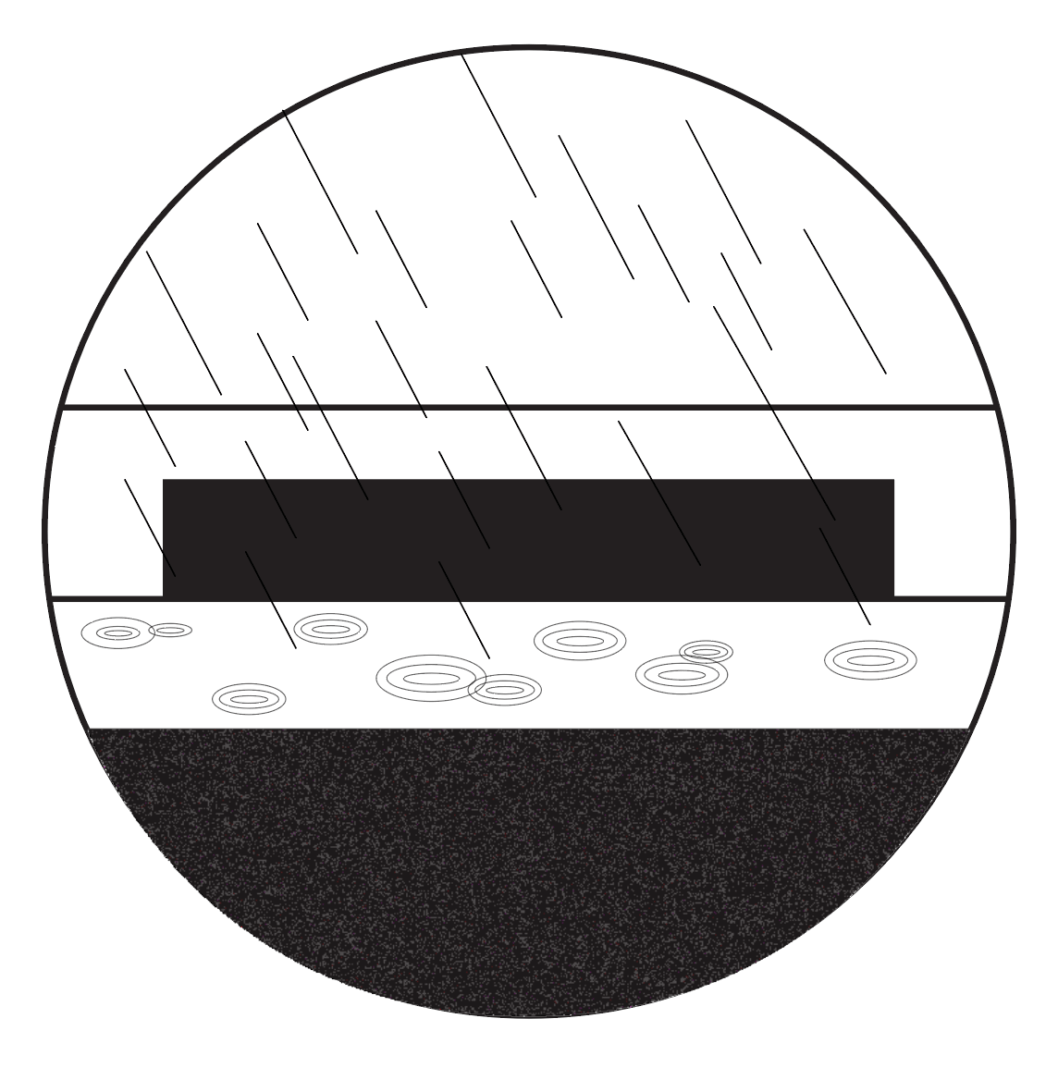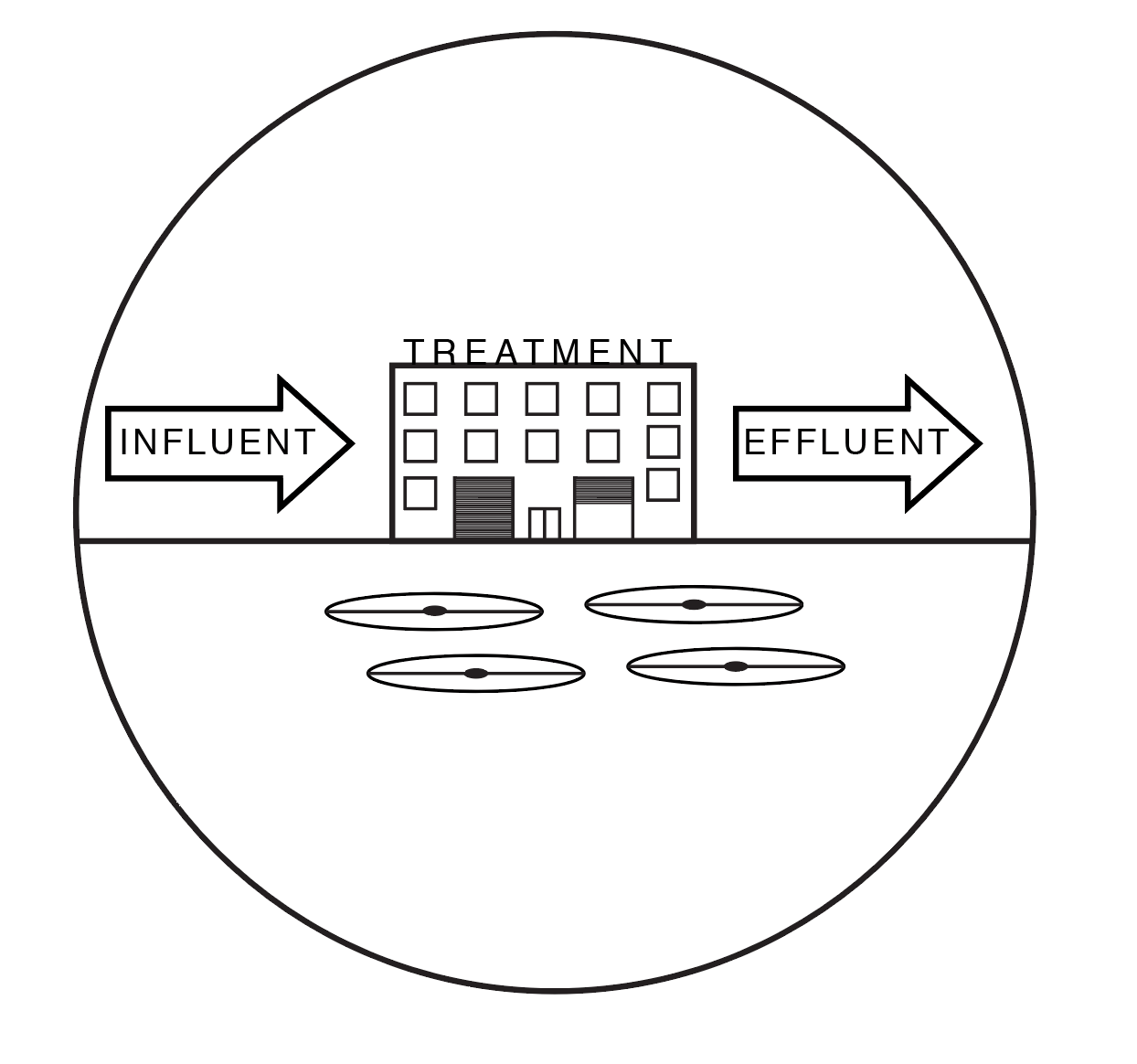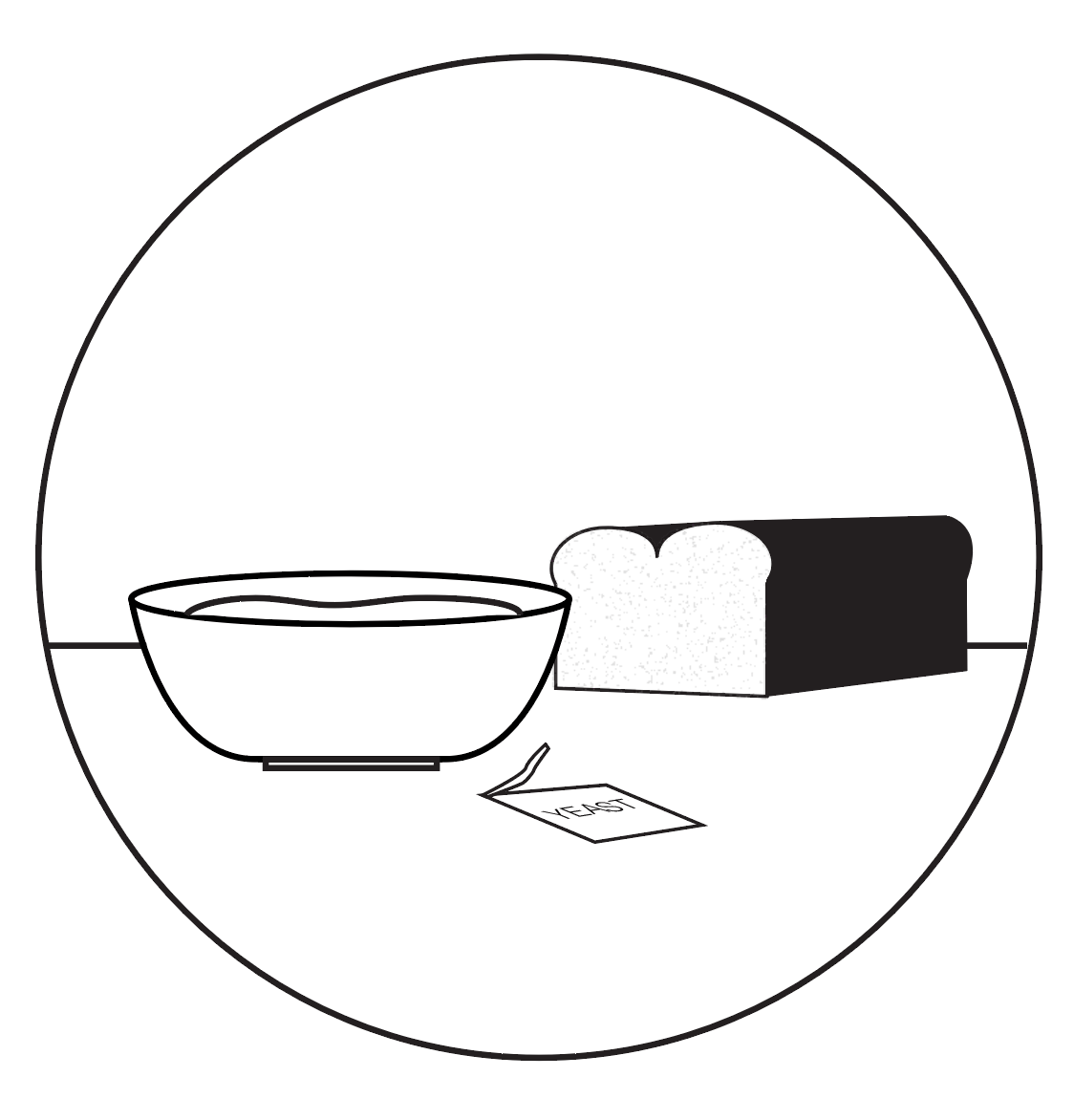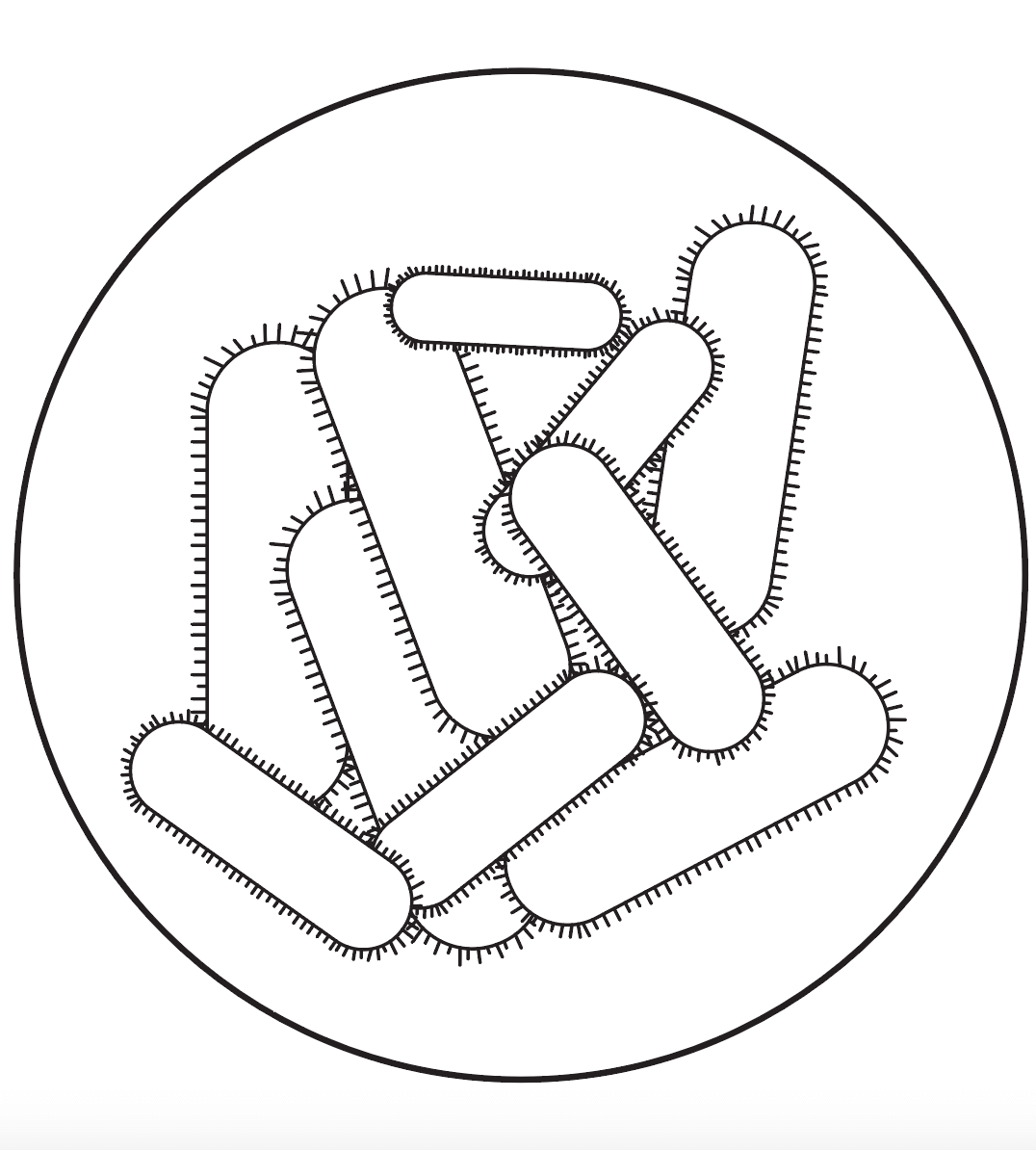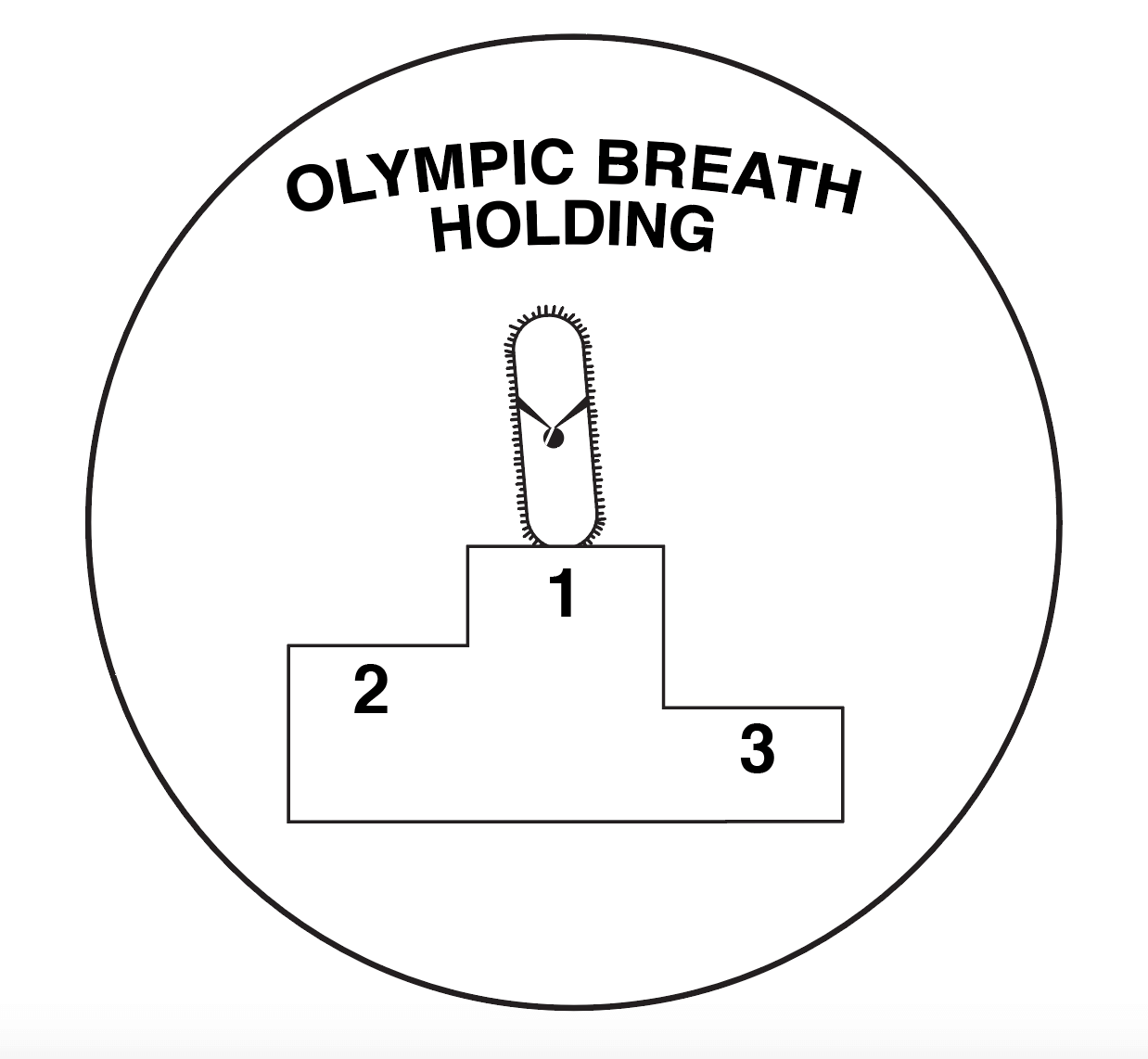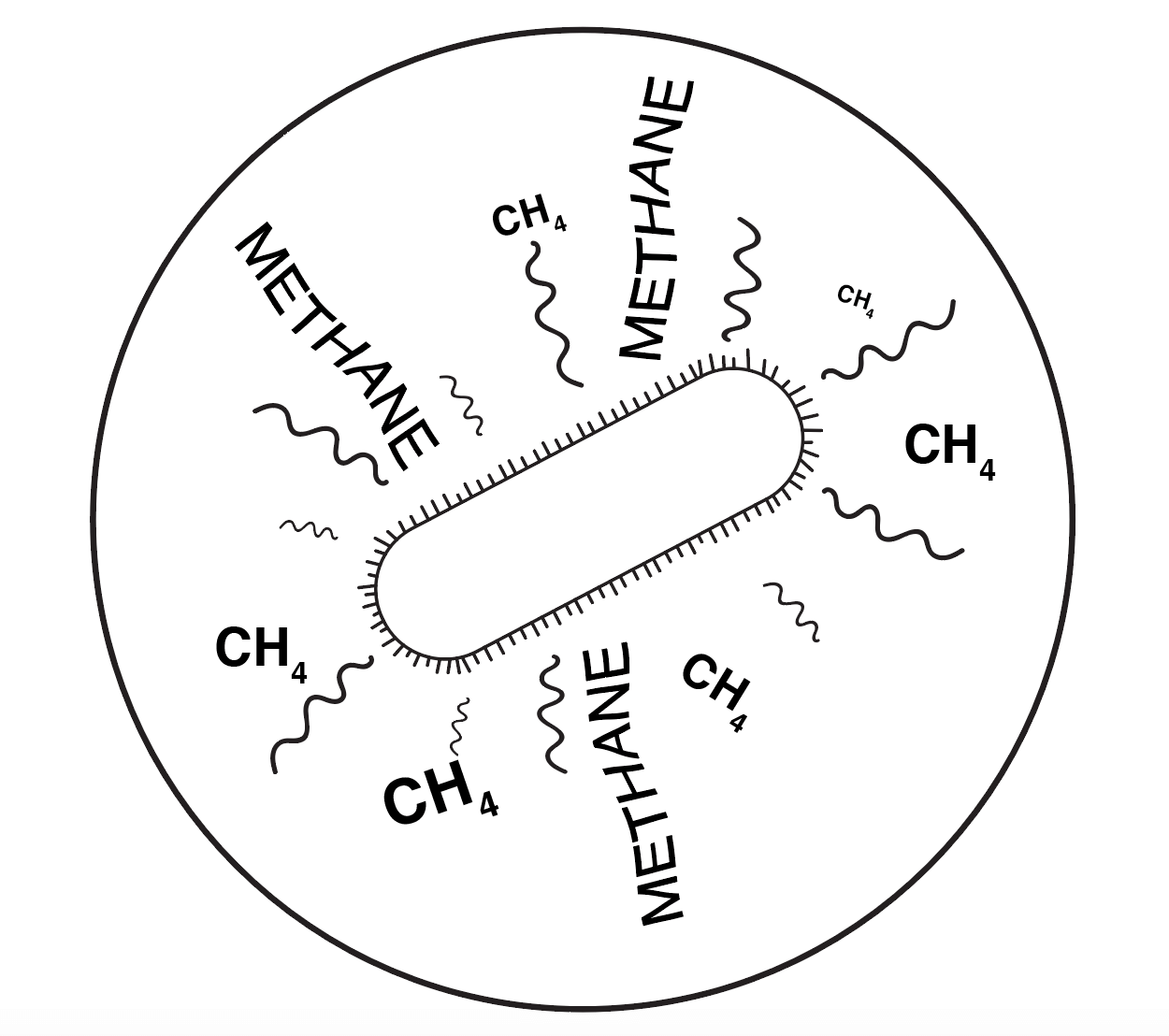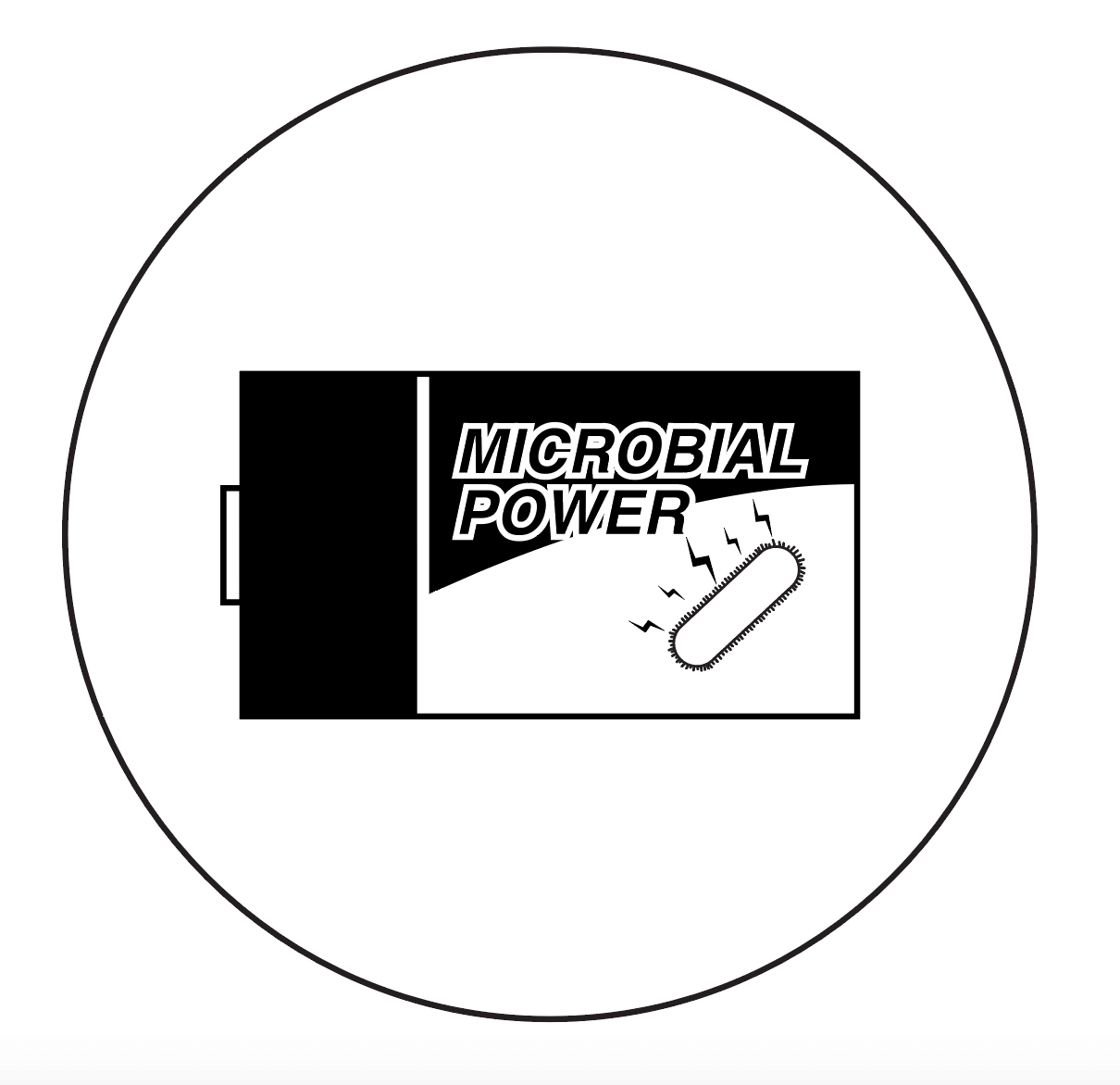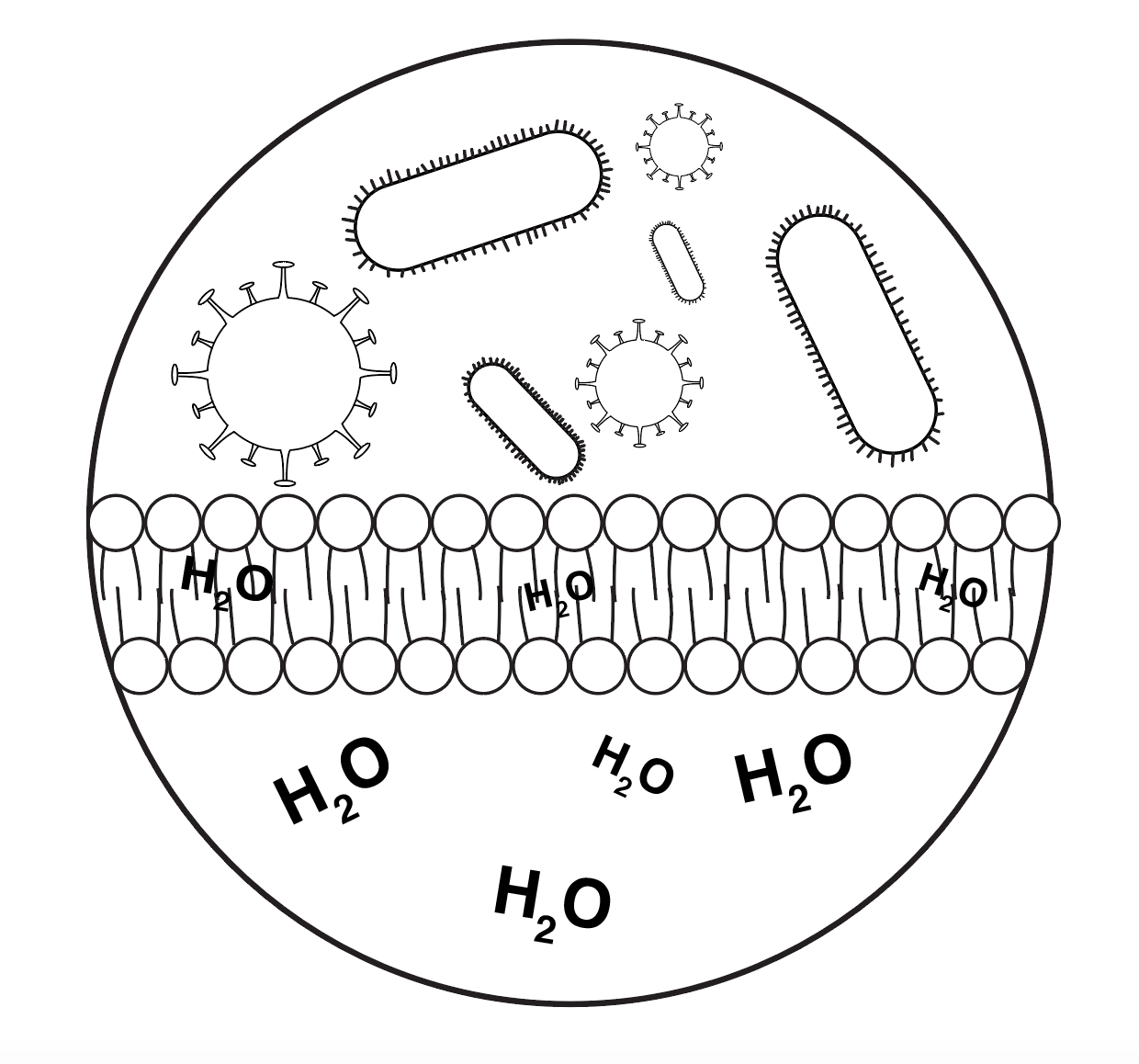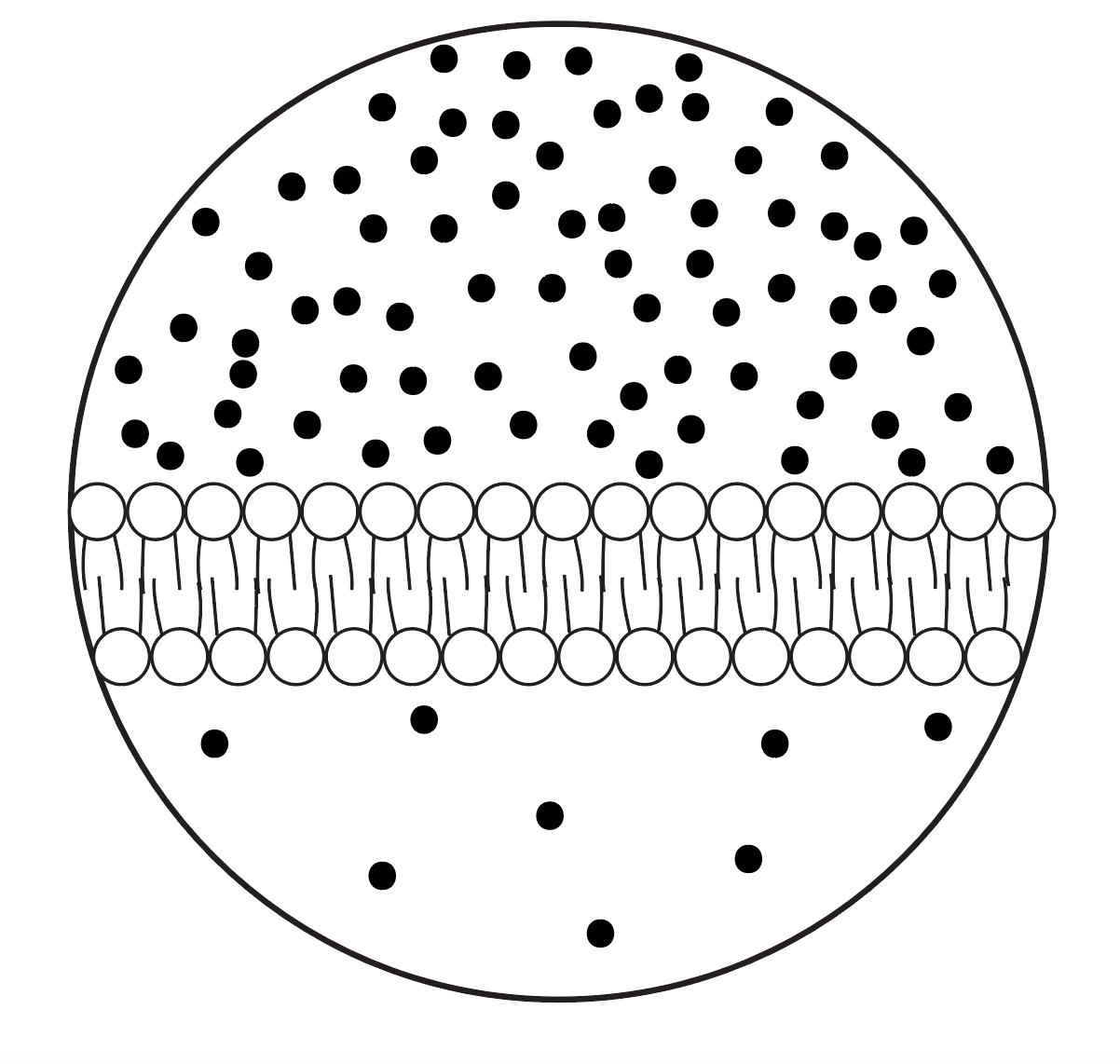In North America, the amount of wastewater produced annually is roughly equal to the volume of water that flows over Niagara Falls. Instead of letting this water go unused, researchers like USC Viterbi’s Adam Smith are finding ways to recover valuable resources, such as energy and nutrients. To do so, Smith, an assistant professor in the Sonny Astani Department of Civil and Environmental Engineering, is exploring a variety of biological engineering systems. Interested? Here are some key phrases and vocabulary that will make you an expert.
Waste stream
The flow of waste from domestic, industrial or agricultural areas to final disposal or reuse
From toilet to treatment, follow the glorious life cycle of our waste.
Non-potable water
Not of drinking water quality; typical sources include rainwater, greywater, storm water and recycled water
You may not want to drink it, but plants do. Non-potable recycled water can be used for landscaping and agricultural crops, in addition to industrial uses, firefighting and car washes.
Influent and effluent
Wastewater that flows in (influent) or out (effluent) of a treatment plant, sewer or industrial outfall
Effluent, the new and improved influent!
Microorganism (or microbe)
A microscopic organism existing in single-celled form or as a colony of cells
Scientists estimate that microbes make up 1 percent to 3 percent of our body mass, with bacteria outnumbering our human cells 10-to-1. Isn’t science fun?
Biotechnology
The use of cellular and biomolecular processes to develop or make technologies and products
Scientists have been putting organisms to work for centuries, from the yeast used in bread making to the development of vaccines.
Bioreactor
A biological treatment system where organisms consume organic waste and can produce valuable end products such as methane-rich biogas
Perhaps the most popular bioreactors are the fermentation tanks used to make beer.
Biomass
The accumulation of microorganisms
Microbes can reproduce like rabbits, resulting in excess biomass production that needs to be disposed of.
Horizontal (or lateral) gene transfer
The movement of genetic material between different organisms other than by the vertical transmission of DNA from parent to offspring
Microbes are true believers of the motto “sharing is caring.”
Anaerobic digester
A bioreactor that functions in the absence of free oxygen
If holding your breath were an Olympic sport, anaerobic organisms would take home the gold!
Methanogen
An anaerobic microorganism that produces methane as a metabolic by-product
Each one of us comes equipped with our very own methanogens to aid in digestion.
Exoelectrogen
An electrochemically active microorganism that has the ability to transfer electrons extracellularly
Any life coach would be proud of how well exoelectrogens release negativity.
Geobacter
An anaerobic exoelectrogen and the first microorganism found with the ability to oxidize organic compounds using metals as the electron acceptor
Geobacter eats iron for breakfast. Literally.
Microbial fuel cell (MFC)
A bioreactor that bioelectrochemically drives electric current using bacteria
Microbial batteries, converting your waste into electricity with the help of bacteria since the early 1900s.
Microfiltration
A physical filtration process in which a membrane with pores less than a micrometer in diameter separates microorganisms and suspended particles from a liquid
When you prefer biomass-free water, a membrane can be used like a strainer to separate the good stuff from the bad.
Transmembrane pressure (TMP)
The pressure differential between two sides of a membrane
Like many of us, membranes work best in low-pressure situations.





